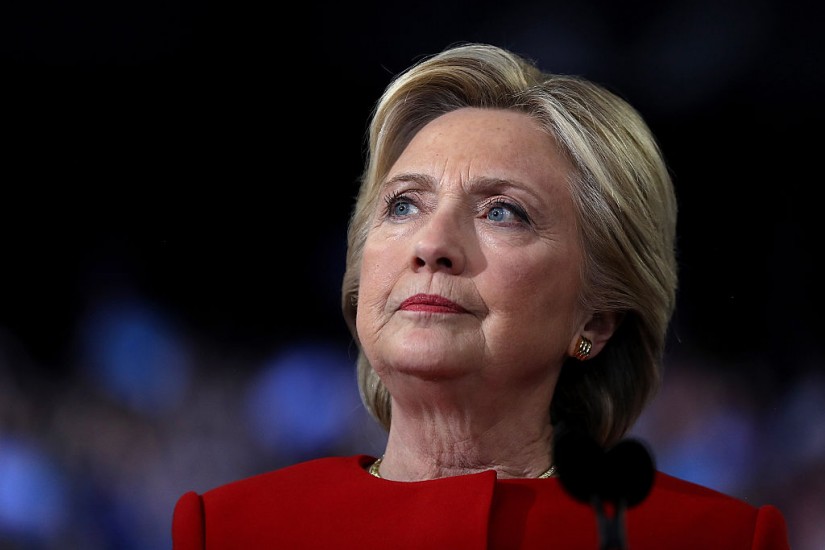What Happened is necessarily about gender. Clinton’s femaleness mattered so much to her candidacy—how she ran, what she could and could not do, the expectations people had of her, and the expectations she had for herself—that the subject suffuses even the chapters in which gender is not explicitly addressed. It could hardly be otherwise, given the history of women and electoral politics. In “On Being a Woman in Politics,” the first chapter of “Sisterhood,” one of the book’s six thematic sections, Clinton vents. “In these pages, I put to paper years’ worth of frustration about the tightrope that I and other women have had to walk in order to participate in American politics.” There was a basic problem of which she was well aware:
In short, it’s not customary to have women lead or even to engage in the rough-and-tumble of politics. It’s not normal—not yet. So when it happens, it often doesn’t feel quite right. That may sound vague, but it’s potent. People cast their votes based on feelings like that all the time.
Becoming the president of the United States, Clinton believes, is a particularly difficult goal for a woman to achieve. “Women leaders around the world,” she observes, “tend to rise higher in parliamentary systems, rather than presidential ones like ours.” She may have been influenced by the political scientist Farida Jalalzai, whom the Atlantic Monthly commentator Uri Friedman quoted when he wrote, in a postmortem of Clinton’s campaign, that women “are more likely to serve as prime ministers than as presidents, perhaps because in parliamentary systems women can ‘bypass a potentially biased general public and be chosen by the party.’”
